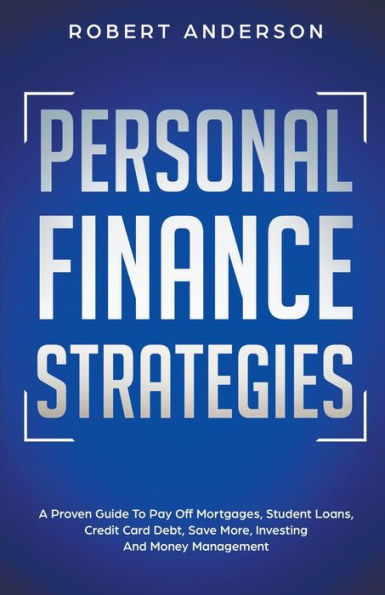Home
Pay Off Your Mortgage Early With Excel! Create an Optimal Payoff Plan for Income



Pay Off Your Mortgage Early With Excel! Create an Optimal Payoff Plan for Income
Current price: $10.99
Loading Inventory...
Size: Paperback
The immense power of compound interest is such that adding a small amount of extra principal to each of your mortgage payments will result in thousands (or tens of thousands) in interest savings over the life of your loan. Using only high-school mathematics, Tim Hill provides clear and readable lessons that you can use to understand and pay down your mortgage by using Microsoft Excel (or any spreadsheet software). This entirely practical guide teaches you how to use worksheet functions, array formulas, data tables, and other spreadsheet features to manage your business and personal finances. You'll also learn the auxiliary skills needed to create and maintain financial spreadsheets: rounding numbers, date and time arithmetic, summing and counting values, and more. Plenty of examples show you how to use these tools for any type of debt or savings: mortgages, student loans, leases, credit-card debt, car payments, medical expenses, annuities, and retirement funds. You can download the sample workbooks to follow along with the author's examples and calculations.
Part I - Loans & Mortgages1. Getting Started with Loans & Mortgages2. Present Value (PV)3. Future Value (FV)4. Payments (PMT)5. Interest Rates (RATE)6. Periods (NPER)7. Interest and Principal Components8. Converting Interest Rates9. Loan Amortization Schedules10. Summarizing Loan OptionsPart II - Dates & Times11. Getting Started with Dates & Times12. Date & Time Basics13. Date & Time Functions14. Date Tricks15. Time TricksPart III - Sums & Counts16. Getting Started with Sums & Counts17. Counting Basics18. Counting Tricks19. Frequency Distributions20. Summing Basics21. Summing Tricks
Tim Hill is a statistician living in Boulder, Colorado. He holds degrees in mathematics and statistics from Stanford University and the University of Colorado. Tim has written guides for Algebra, Trigonometry, Geometry, Precalculus, Calculus, Permutations & Combinations, Debt, and Excel Pivot Tables. When he's not crunching numbers, Tim climbs rocks, hikes canyons, and avoids malls.


















